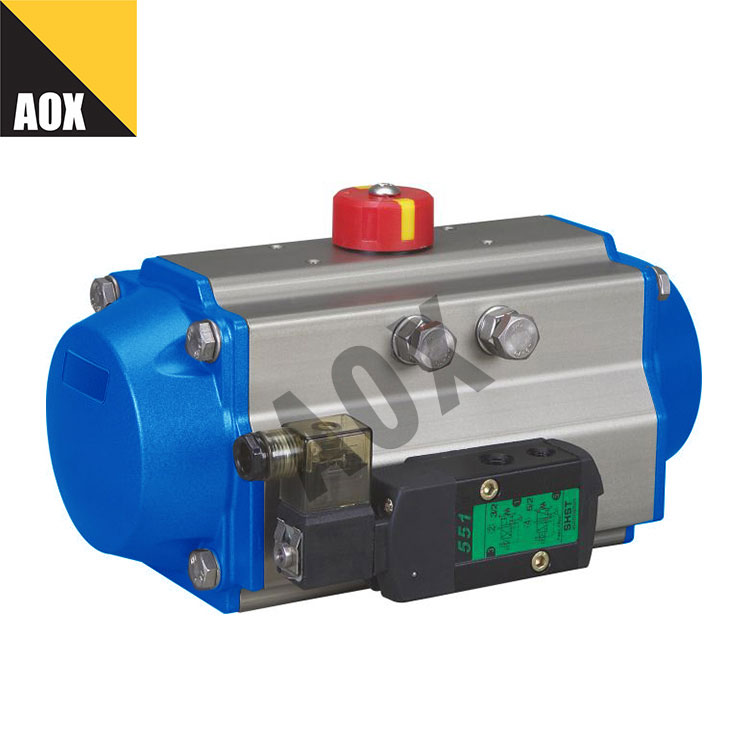How do you control a pneumatic actuator?
2024-01-31
Controlling a pneumatic actuator involves regulating the flow of compressed air to the actuator in order to achieve the desired linear or rotary motion. Pneumatic actuators are commonly used in various industrial applications for tasks such as valve control, positioning, and automation. Here are the basic steps and components involved in controlling a pneumatic actuator:

1. Compressed Air Supply:
- Ensure a stable and regulated supply of compressed air is available. This usually involves using a compressed air system that includes a compressor, filters, regulators, and lubricators.
2. Directional Control Valve:
- The primary component for controlling a pneumatic actuator is a directional control valve. This valve directs the flow of compressed air to the actuator, determining the direction of movement (extend or retract for linear actuators or clockwise or counterclockwise for rotary actuators).
3. Solenoid Valve:
- In many applications, a solenoid valve is used to control the flow of air to the actuator. The solenoid valve is an electromechanical device that opens or closes to allow or block the flow of air, and it is often controlled electrically.
4. Position Feedback Device (Optional):
- In some applications, a position feedback device may be used to provide information about the current position of the actuator. This feedback can be used for closed-loop control systems to ensure precise positioning.
5. Air Lines and Tubing:
- Connect air lines and tubing from the compressed air source to the directional control valve and then to the pneumatic actuator. Proper tubing size and material are important to maintain adequate airflow and system performance.
6. Control System (Optional):
- In more advanced applications, a control system may be used to automate and optimize the operation of the pneumatic actuator. This can include programmable logic controllers (PLCs), sensors, and human-machine interface (HMI) devices.
7. Manual Override (Optional):
- Some pneumatic actuators may have a manual override feature, allowing manual operation in case of power or control system failure. This can be useful for maintenance or emergency situations.
8. Pressure Regulator:
- Include a pressure regulator in the system to control the pressure supplied to the actuator. This helps in regulating the speed and force of the actuator's movement.
9. Lockout/Tagout (Safety):
- Implement proper lockout/tagout procedures to ensure the safety of personnel during maintenance or troubleshooting activities. This involves isolating the pneumatic system to prevent accidental activation of the actuator.
10. Control Signal:
- In automated systems, the control signal to the solenoid valve is often electrical. This signal can come from manual switches, sensors, or a control system depending on the specific application.
It's important to follow safety guidelines and adhere to the manufacturer's specifications and recommendations when designing, installing, and operating a pneumatic actuator system. Regular maintenance and monitoring are also crucial for ensuring reliable and efficient performance over time.


